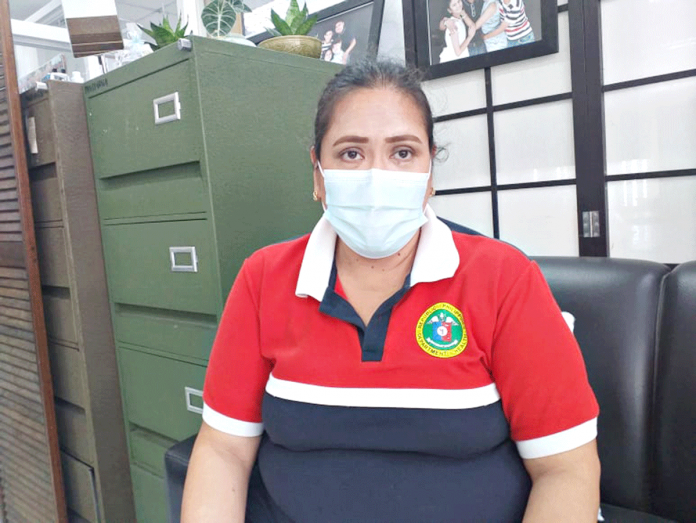
ILOILO – The Provincial Health Office (PHO) warned dog bite victims against relying on traditional tandok treatment for rabies.
Seven human deaths were reported last year due to the deadly viral disease, according to Marisil Cabiguin, PHO’s provincial rabies program coordinator.
She told Panay News that all of the victims did not seek proper medical treatment in hospitals or animal bite centers but opted for tandok.
Performed by traditional healers, tandok involves the use of an animal horn to supposedly extract the rabies virus from an animal-bitten patient.
Other forms of traditional animal bite treatment are rubbing garlic on the wounds and using black, porous stones.
Cabiguin said the seven human rabies deaths were reported in the towns of Carles (two) and Tigbauan, Alimodian, Dingle, Banate, and San Dionisio (one each).
“Mataas ini sia kay may ara lang kita sang tatlo sang 2019,” Cabiguin added.
Rabies is a highly fatal viral disease that primarily affects warm-blooded animals other than man, notably dogs, cats, rats, and bats, but which can be transmitted to humans by infected animals.
The rabies virus, which is present in the saliva of an infected animal, is passed to a human through a bite, or rarely, when the animal’s saliva gets in contact with a scratch or fresh break in the skin.
According to specialists, flu-like signs appear two to 12 weeks after a rabid dog bite; the virus incubates from four days but six years have been recorded.
Symptoms include anxiety, confusion, insomnia, agitation, hallucinations, and paralysis accompanied usually by hydrophobia.
Death occurs in two to 10 days after the first symptoms with a slim chance of survival even with intensive care.
Cabiguin cautioned against taking medicines without doctor’s prescription amid reports that tandok practitioners concoct potions of undetermined ingredients either for intake or wound application.
“Ang problema sa rabies late na maggwa ang symptoms. Once maggwa ang symptoms wala na ina sia turning back – patay ka na. Amo na sia ka patal pero puede ta gid sia ma-prevent. Indi ta paghulaton nga ara ang sintomas,” said Cabiguin.
She added: “Behavior gid naton ang dapat i-change kay daw ila isip gamay man lang ni nga karos, layo sa atay.”
There are 19 designated animal bite centers in 12 capitol-run district hospitals and rural health units in Oton, Miag-ao, San Joaquin, Santa Barbara, Pavia, Carles, and Zarraga.
From January to September 2020, a total of 26,590 animal bite and human rabies cases were confirmed by the Regional Animal Disease and Diagnostic Laboratory in this province – dogs accounted for 17,636 cases, cat for 8,816, and others, 138.
Of the total number of individuals bitten by animals, some 12,846 were males and 13,744 were females.
Cabiguin challenged pet owners to be responsible with their animals.
A pet owner must be “emotionally and financially prepared” to fully assume the responsibilities that come with owning a pet, Cabiguin stressed.
Irresponsibility could lead to the spread of rabies, she warned./PN



